 Identify
Identify
Modern oil geologists examine surface rocks and terrain,
with the additional help of satellite images. However, they
also use a variety of other methods to find oil. They can use
sensitive gravity meters to measure tiny changes in the Earth’s
gravitational field that could indicate flowing oil, as well as
sensitive magnetometers to measure tiny changes in the Earth’s
magnetic field caused by flowing oil. They can detect the smell
of hydrocarbons using sensitive electronic noses called sniffers.
Finally, and most commonly, they use seismology, creating shock
waves that pass through hidden rock layers and interpreting the
waves that are reflected back to the surface.
 Explore
Explore
When a prospect has been identified and evaluated and
passes an oil company’s selection criteria, an exploration
well is drilled in an attempt to conclusively determine the presence
or absence of oil or gas. Five geological factors have to be present
for a prospect to work and if any of them fail neither oil nor gas
will be present:
- A source rock
- Migration
- Trap
- Seal or cap rock
- Reservoir
Hydrocarbon exploration is a high risk investment and risk
assessment is paramount for successful exploration portfolio
management. Exploration risk is a difficult concept and is usually
defined by assigning confidence to the presence of five imperative
geological factors, as discussed above.
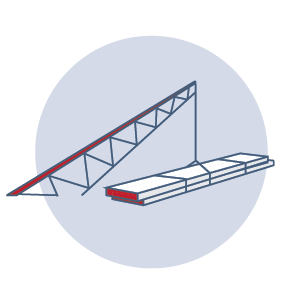 Design and Construct
Design and Construct
Although there is some variability in the details of well
construction because of varying geologic, environmental,
and operational settings, the basic practices in constructing
a reliable well are similar. The ultimate goal of the well design
is to ensure the environmentally sound, safe production of
hydrocarbons by containing them inside the well, protecting
groundwater resources, isolating the productive formations from
other formations, and by proper execution of hydraulic fractures
and other stimulation operations.
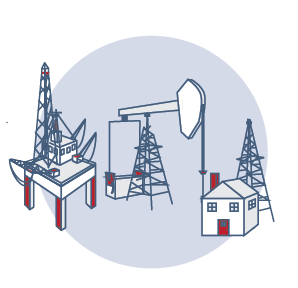 Produce
Produce
The first step in the oil supply chain is production. During
production, crude oil is produced on both land and at sea.
Oil production includes drilling, extraction, and recovery of oil
from underground.
 Transport
Transport
At multiple stages of the oil supply chain process, oil is
transported to storage, refineries, terminals, and finally
to the point of sale. There are four basic modes of
transportation of crude oil from production to the point of sale:
trains, trucks, ships, and pipelines.
 Storage
Storage
Once the oil has been produced, it is transported to
short-term storage. Short-term storage serves as the
staging area for crude oil distribution throughout the entire
supply chain. Storage facilities allow for adjustments in supply
and demand throughout the entire supply chain. The Strategic
Petroleum Reserve (SPR) is an emergency fuel storage of crude
oil maintained by the United States Department of Energy used to
mitigate supply disruptions.
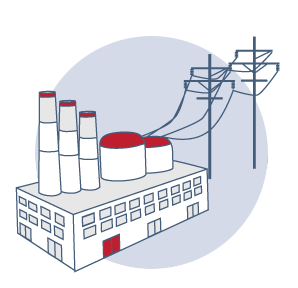 Refine
Refine
Refineries act as the main transformation point for
all crude oil into various consumer products. After
receiving oil from storage facilities, refineries use various chemical
separation and reaction processes to transform crude oil into
usable products such as: fuel oil, diesel oil, jet fuel, and multiple
essential manufacturing feedstocks.
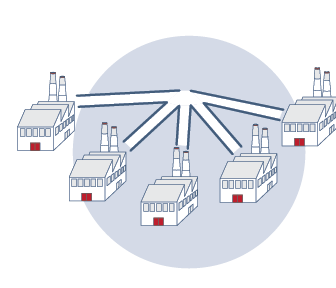 Feedstocks
Feedstocks
From the refineries, feedstocks are transported to
manufacturing facilities where they play a critical part of
many manufacturing supply chains, such as medical equipment,
plastics, organic chemicals, refined gases, and lubricants.
 Terminal
Terminal
Refined fuel that is ready for use is transported to
terminals. Terminals are located closer to transportation
hubs and are the final staging point for the refined fuel before the
point of sale. After entering the terminal ethanols and additives are
added to the final refined product before fuel is transported.
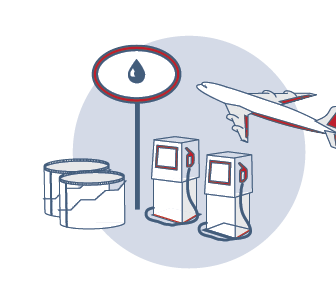 Point of Sale
Point of Sale
Once the refined fuel leaves the terminal, it is transported
to its final point of sale, which includes fuel stations and
airports. Trucking, shipping, and delivery lines provide the final,
finished product which can be delivered across the country.